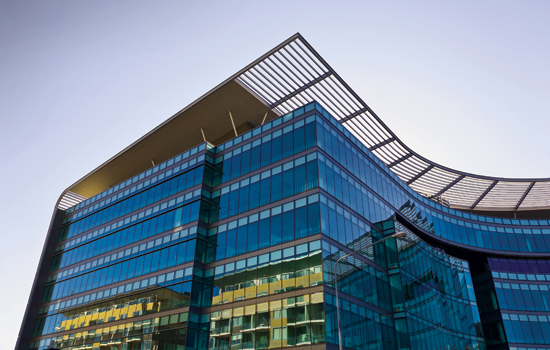Designed, Sealed, Delivered - IAQ and the Building Enclosure
Learning Objectives:
- Identify and recognize the critical component parts of the building envelope that can influence indoor air quality in buildings.
- Investigate the sources of indoor air quality issues related to materials used in the building envelope.
- Assess the impact of chemical exposure, ventilation, and moisture generated in building envelopes as they relate to indoor air quality.
- Specify and design building envelope assemblies that mitigate or help prevent the potential issues of poor indoor air quality.
Credits:
Historical building enclosures have evolved dramatically from simply providing basic shelter with little climate control other than shade and natural breezes. Today modern building enclosures rely on advanced engineering and architectural elements to control a full range of environmental conditions in addition to design aesthetics. In the quest to create higherperforming and environmentally preferable buildings, both new and renovated structures are influenced by a variety of professionals. Often the design of a building envelope is the responsibility of one part of a design team while indoor air quality can be the focus of a separate interiors group. The reality is that these two areas are deeply interconnected. An understanding of those connections allows the entire design team to achieve a building design that truly performs well. Further, a coordinated approach can facilitate meeting certification standards for high-performing buildings.
The Multi-Faceted Building Enclosure
All buildings provide an enclosure to separate its inhabitants from the surrounding natural environment. The function of the enclosure is three-fold: first to protect the people and the interior of the building from the elements — typically the enclosure keeps out heat, cold, water, bugs, UV rays, sound, etc. Second, it can keep in the desired humidity and temperature levels to maintain human comfort levels. And third, it can allow desirable connections to the natural environment such as daylight, views, air, access, etc. through openings in the enclosure.
Richard Rush, author of The Building Systems Integration Handbook, elaborates on the function and nature of building enclosures, which he refers to as the building envelope. He states: “The envelope has to respond both to natural forces and human values. The natural forces include rain, snow, wind, and sun. Human concerns include safety, security, and task success.” This gets tied all together when the building enclosure “provides protection by enclosing and balancing internal and external environmental forces.” The key is finding the right balance between those internal and external factors.
 |
Building enclosures of all types create the barriers needed to assure good indoor air quality. |
Enclosure Systems and Layers
With the basic purpose established, the definition of a building enclosure necessarily requires incorporating some version of each of four basic systems:
- Below-grade construction consisting of foundation walls, concrete slabs, or other floor systems, which enclose the bottom side of the building
- Exterior walls that enclose all sides of the building
- Roof systems which define the top of the building
- Fenestration or openings in the walls and roofing in the form of windows, doors, skylights, etc.










